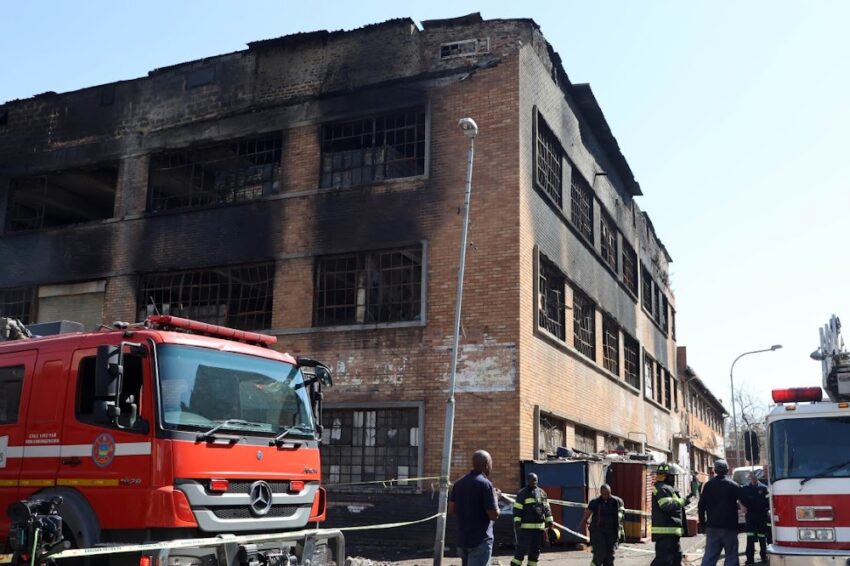Across SA, our once-vibrant cities are fading into dysfunction. At the heart of this decay lies a national shame: the crumbling of government precincts. What should be spaces of dignity, accountability, and public service have become derelict zones, haunted by the failures of governance and marred by the daily erosion of trust between the state and its citizens.
Government buildings are not just bricks and mortar. They are symbols of service, centres of access, and tools for transformation. Their collapse reflects a deeper breakdown in the public service machinery. This is not merely about deteriorating infrastructure; it is about the slow death of the efforts towards a developmental state and the promise of safe, accessible public services for all.
In its oversight work, the Public Service Commission has repeatedly raised red flags about the state’s immovable assets. The assessment reveals deeply embedded dysfunctions: ineffective property life-cycle management, skills erosion, underfunded programmes, and weak coordination among custodians of public assets.
These failures have led to decay not just of buildings but of public infrastructure vital to healthcare, safety, education, and administration. The consequences are immediate and dangerous: buildings unfit for purpose, service disruptions, and communities left vulnerable in unsafe environments.
Urban decline is a global challenge, but in SA, it intersects with governance failures, growing inequality, and crumbling state legitimacy. In major metros across the country, government precincts have become sites of abandonment, unlawful occupation, service breakdowns, and increased crime. Tragedies such as a fatal fire in Johannesburg’s inner city or inner-city infrastructure collapses illustrate the human cost of institutional neglect.
In many cases, state-owned buildings lie unused or derelict, even as communities lack basic infrastructure. These underutilised properties could be repurposed for clinics, housing, and local economic hubs, yet they remain closed off from the public they were meant to serve.
When lawmakers convened earlier this year to review the condition of state-owned infrastructure and explore remedial action, what emerged was a sobering picture of the scale and depth of institutional decline: financial, technical, and political.
The central entity responsible for managing the state’s property portfolio was found to face multi-billion-rand shortfalls in funding, maintenance backlogs, and unpaid debts, much of it owed by state institutions themselves. What was intended to be a self-sustaining, professional asset manager has instead become an emblem of dysfunction, chronic underinvestment, weak enforcement, and political drift have crippled its ability to perform.
A clear contradiction also came to light: state entities often prefer leasing private properties at premium rates, despite occupying vast numbers of state-owned properties at much lower rate and frequently defaulting on these payments. The preference for the private sector is driven by poor maintenance and long-standing delays in the public system, creating a vicious cycle: less use leads to lower revenue, which in turn leads to more decay.
There are credible plans on the table: proposals to repurpose idle properties, attract investment through public-private partnerships, implement long-term leasing strategies, and raise capital through asset optimisation. These plans must be translated into implementation, because visions without implementation are just aspirations.
Parliament has called for action: regular progress reporting, structuring of key property entities, engagement with key drivers, and enforcement of maintenance responsibilities. But beyond these administrative steps, what’s needed is a new culture of responsibility and urgency across the public sector.
Urban decay is not just a technical failure; it is a democratic crisis. When public buildings decay, it tells us who matters and who does not.
It reflects whether we see citizens as rights-holders or burdens. We must demand accountability, not just from individual departments but from the government as a whole. Reclaiming our cities starts with restoring dignity to public infrastructure.
- Prof Makhanya is a commissioner at Public Service Commission
